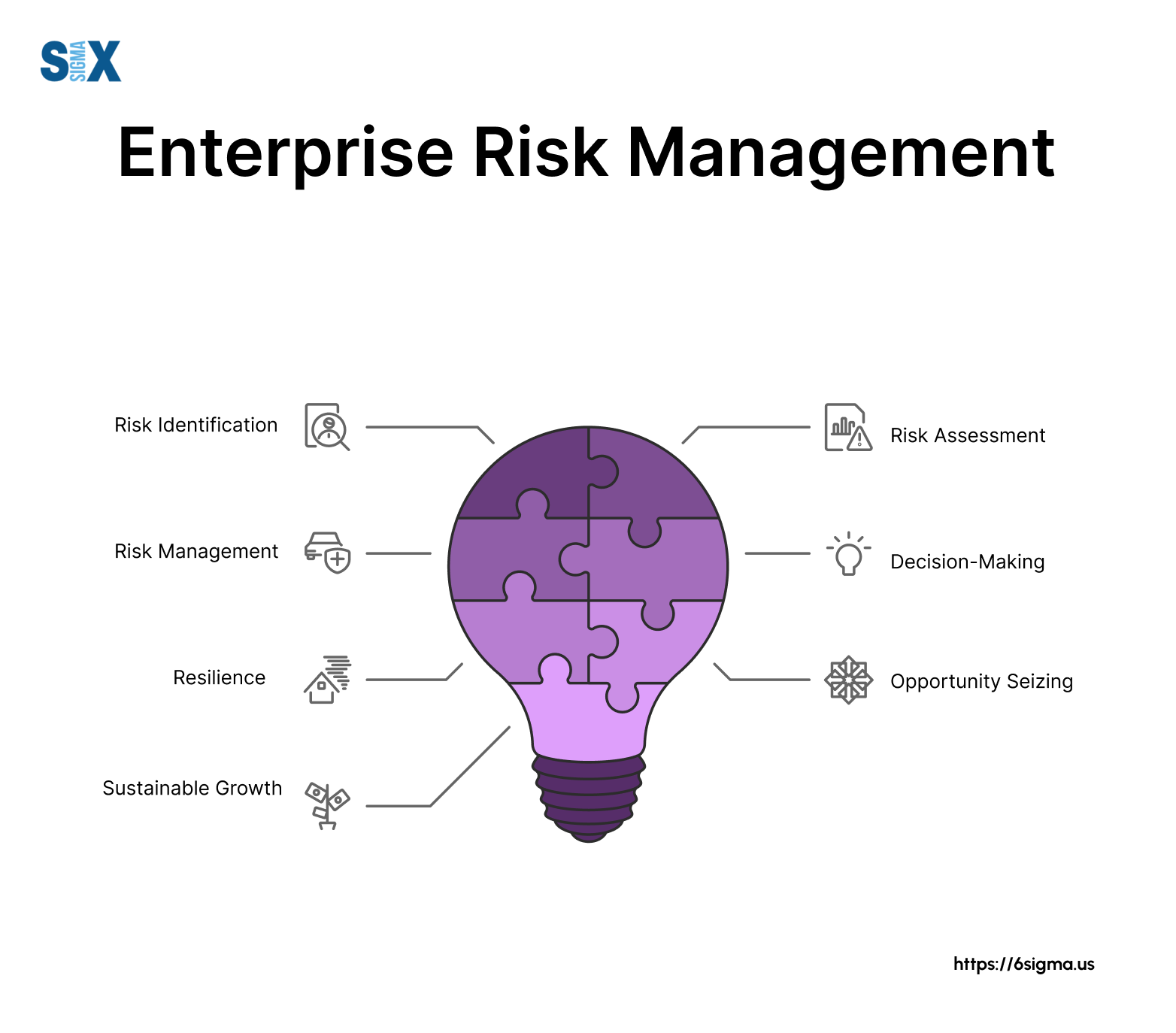Why Organizations Should Prioritize the Importance of Risk Management Now More Than Ever
Checking out the Importance of Risk Management for Effective Decision-Making Methods
In the complex world of organization, Risk Management arises as an important element in the decision-making procedure. The capacity to identify prospective dangers and opportunities, and strategize as necessary, can spell the difference in between success and failing.
Understanding the Idea of Risk Management
Risk Management, an important component in decision-making, is commonly misunderstood or oversimplified. Usually, it refers to the identification, examination, and prioritization of threats to decrease, monitor, and control the possibility or effect of regrettable occasions. Nevertheless, it's not just regarding avoiding adverse end results, however also about recognizing potential opportunities. Risk Management involves self-displined and organized strategies, using data and insightful analyses. It calls for a thorough understanding of the organization's context, objectives, and the potential risks that can obstruct them. From financial unpredictabilities, lawful obligations, tactical Management mistakes, to accidents and all-natural catastrophes, it deals with numerous dangers. Importantly, reliable Risk Management is not stationary; it's a constant, forward-looking procedure that evolves with transforming scenarios.
The Role of Risk Management in Decision-Making Processes
In the realm of tactical planning and business procedures, Risk Management plays an important function in decision-making processes. Risk Management hence comes to be an essential device in decision-making, assisting leaders to make educated choices based on an extensive understanding of the dangers included. Risk Management serves as an important component in the decision-making processes of any company.

How Risk Management Boosts Strategic Preparation
In the context of calculated preparation, Risk Management plays a critical role. Initiating with the identification of possible threats, it additionally encompasses the application of Risk reduction procedures. The duty of Risk Management is not static yet vibrant, as it requires consistent surveillance and adjusting of methods.
Determining Potential Threats

Carrying Out Risk Mitigation
Having actually developed the significance of identifying prospective threats, the following action is to explore Risk reduction. This procedure entails creating and implementing techniques to handle recognized threats properly. It is a crucial aspect of strategic planning as it enhances decision-making by minimizing potential negative outcomes. Risk reduction approaches can vary from Risk avoidance, Risk transfer, to take the chance of decrease. Each strategy should be customized to the details Risk, considering its prospective effect and the company's Risk tolerance. Reliable Risk reduction needs a deep understanding of the Risk landscape and the prospective effect of each Risk. This read this post here understanding makes it possible for companies to prioritize threats and allot resources efficiently, making sure that the most substantial dangers are dealt with initially.
Monitoring and Adjusting Approaches
Though Risk reduction is a vital action in critical preparation, continual monitoring and modification of these approaches is just as vital. It additionally offers a possibility to evaluate the success of the Risk Management actions, permitting adjustments to be made where needed, additional improving critical planning. Monitoring and adjusting Risk this Management techniques is a vital part for enhancing a company's durability and critical planning.
Instance Researches: Successful Risk Management and Decision-Making
On the planet of business and money, effective Risk Management and decision-making typically act as the columns of thriving business. One such entity is a multinational oil business that reduced financial loss by hedging against rising and fall oil rates. In one more circumstances, a technology startup flourished by identifying and accepting high-risk, high-reward strategies in an unstable market. A worldwide bank, encountered with regulative uncertainties, efficiently navigated the situation via positive Risk analysis and vibrant decision-making. These situations highlight the value of sharp Risk Management in decision-making procedures. It is not the absence of Risk, however the Management of it, that often differentiates effective business from not successful ones. These situations underscore the essential function of Risk Management in critical decision-making. importance of risk management.
Devices and Techniques for Efficient Risk Management
These devices, such as Risk signs up and warmth maps, help in determining and analyzing potential dangers. Risk reaction approaches, an essential element of Risk Management, involve accepting, preventing, moving, or mitigating threats. With these tools and techniques, decision-makers click this link can navigate the complex landscape of Risk Management, thus facilitating informed and reliable decision-making.
Future Trends in Risk Management and Decision-Making Techniques
As we check out the huge landscape of Risk Management, it ends up being obvious that the devices and methods made use of today will certainly remain to progress. Future patterns point towards an increased dependence on innovation, with synthetic intelligence and artificial intelligence playing substantial functions. These technologies will certainly enable organizations to anticipate prospective threats with higher precision and make more enlightened choices. Furthermore, there will be a growing emphasis on strength, not just in taking care of threats yet also in getting better from negative situations. The concept of Risk culture, where every member of a company is conscious and entailed in Risk Management, will get more importance. These trends herald an even more proactive and comprehensive strategy towards Risk Management and decision-making.
Conclusion

Risk Management hence comes to be a vital device in decision-making, aiding leaders to make enlightened options based on a detailed understanding of the dangers included. Risk mitigation strategies can range from Risk avoidance, Risk transfer, to run the risk of reduction (importance of risk management). Effective Risk reduction needs a deep understanding of the Risk landscape and the potential influence of each Risk. Risk reaction strategies, a vital part of Risk Management, include approving, avoiding, moving, or mitigating dangers. The idea of Risk society, where every participant of an organization is conscious and involved in Risk Management, will certainly get much more prestige